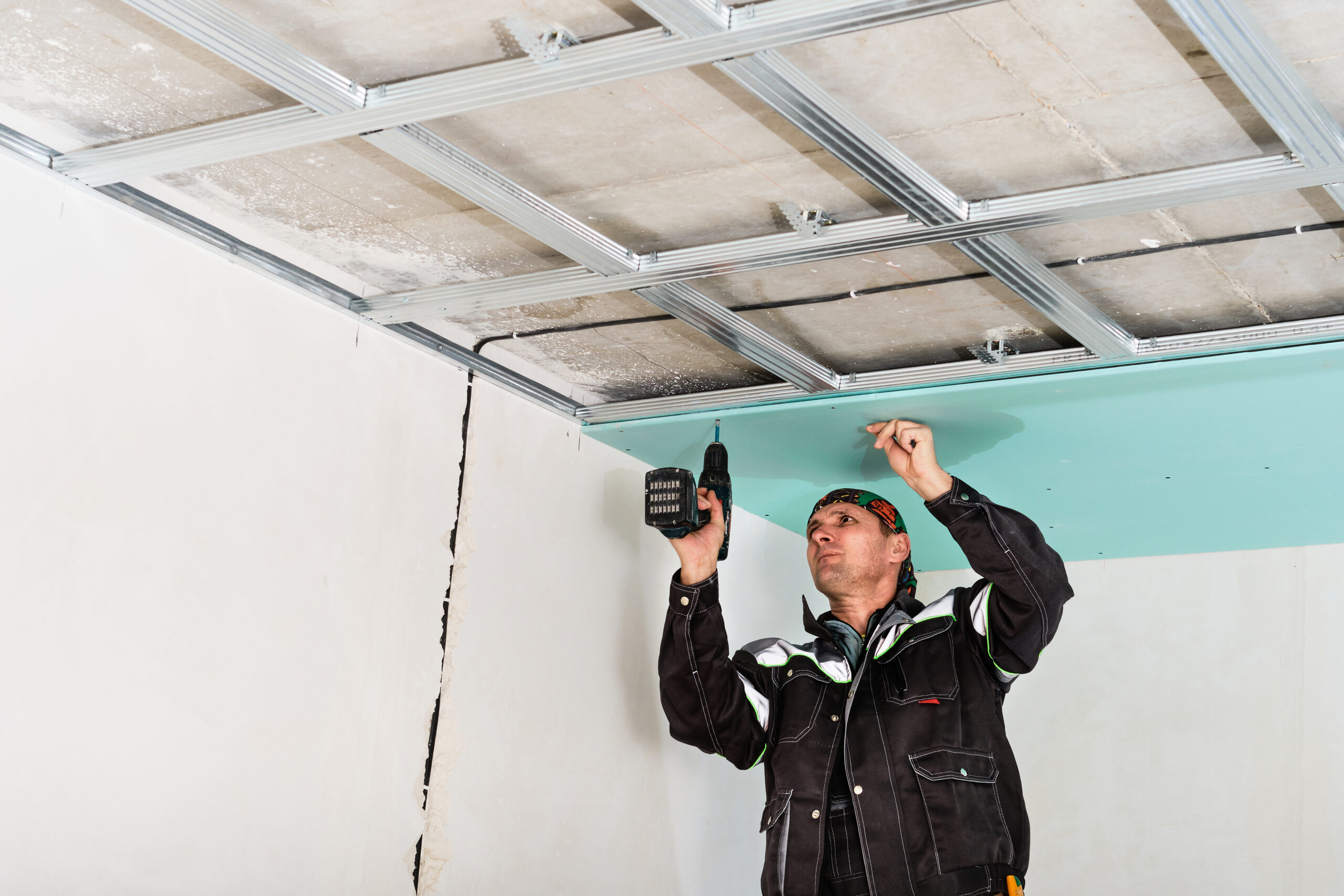
Kansas homeowners are increasingly recognizing the importance of energy efficiency, not only for reducing utility bills but also for enhancing indoor comfort and contributing to environmental sustainability. Central to this endeavor are two critical components: air sealing and insulation. By addressing air leaks and ensuring adequate insulation, residents can significantly improve their home’s energy performance.
Understanding Air Sealing and Its Benefits
Air sealing involves identifying and sealing unintended gaps and cracks in a home’s envelope, such as around windows, doors, and other penetrations, to prevent the infiltration of outside air and the escape of conditioned indoor air. This process is vital for maintaining a consistent indoor temperature and reducing the workload on heating and cooling systems.
According to the U.S. Department of Energy, homeowners can save up to 15% on heating and cooling costs by properly sealing their homes and adding insulation in attics, floors over crawl spaces, and basements. Beyond energy savings, air sealing contributes to improved indoor air quality by minimizing the entry of pollutants, allergens, and moisture, thereby creating a healthier living environment.
The Role of Insulation in Energy Efficiency
Insulation works hand in hand with air sealing to enhance a home’s energy efficiency. By slowing the transfer of heat, insulation helps maintain desired indoor temperatures regardless of external weather conditions. In Kansas, where temperatures can vary significantly, proper insulation is crucial.
The Kansas State University Engineering Extension recommends the following R-values for various components of a home:
-
Ceilings: R-30 to R-40
-
Walls: R-13 to R-24
-
Floors over unheated spaces: R-20 to R-24
-
Basement walls: R-9 to R-15
-
Crawl-space walls: R-10 to R-16
Selecting the appropriate insulation material and ensuring its proper installation are essential steps in maximizing energy efficiency.
Financial Incentives for Kansas Homeowners
To encourage energy-efficient home improvements, various financial incentives are available to Kansas residents. The Inflation Reduction Act offers tax credits of up to 30% of the cost of eligible home improvements, including insulation, with a maximum of $1,200 per year.
Additionally, the Kansas Weatherization Assistance Program provides free energy efficiency upgrades to income-eligible households. Services include sealing drafts, adding insulation, and repairing heating and cooling systems, all aimed at reducing energy costs and improving home comfort.
Spotlight on AirBarrier of the Four States
For homeowners seeking professional air sealing services, AirBarrier of the Four States stands out as a trusted provider. With over 20 years of experience, this American company specializes in enhancing home energy efficiency through advanced air sealing techniques.
AirBarrier utilizes AeroBarrier technology, a cutting-edge, non-toxic, water-based sealing method that effectively identifies and seals leaks throughout a home. The process involves pressurizing the home and distributing the sealing formula, ensuring comprehensive coverage and immediate results. Clients receive a certificate of completion detailing the before and after results, providing assurance of the improvements made.
Conclusion: Taking the Next Steps Toward Energy Efficiency
Investing in air sealing and insulation is a practical and impactful way for Kansas homeowners to enhance their living environment. These improvements lead to lower energy bills, increased comfort, and a healthier home. With available financial incentives and professional services like those offered by AirBarrier of the Four States, achieving energy efficiency is more accessible than ever.